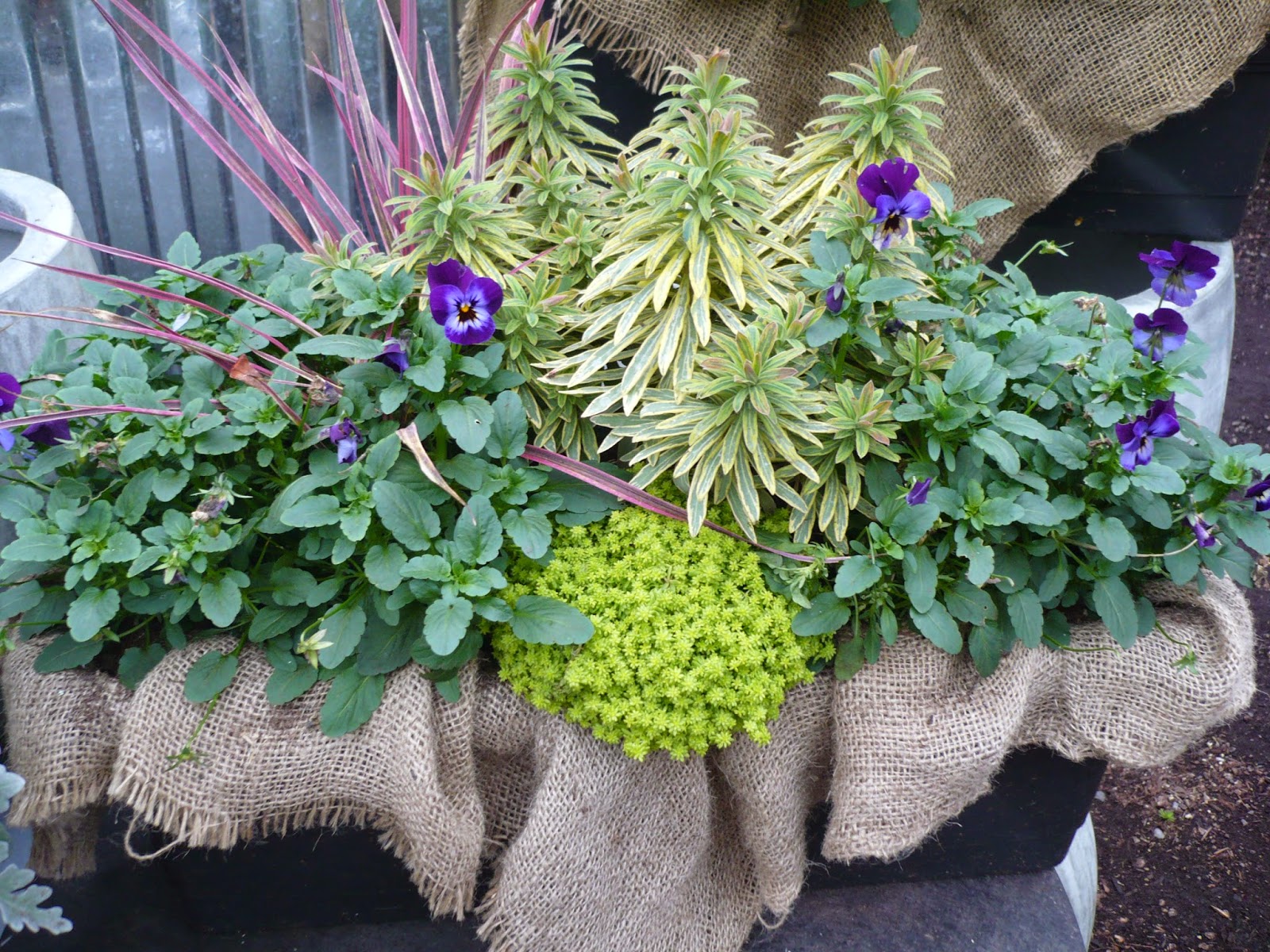Tulips probably originated thousands of years ago in the harsh growing conditions of a mountainous corridor that stretches along the 40th parallel north between Northern China and Southern Europe. Hybrid tulips usually receive all the attention and glory, but species tulips and their hybridized brethren typically offer more longevity in the garden.
Species tulips can be described as “the wildflowers of the tulip family.” Under favorable growing conditions, they will come back year after year and usually increase in numbers. They are smaller and considered less dramatic than the beautiful hybrids, but they also offer several advantages. Because they have short sturdy stems, they are less vulnerable to stormy spring weather. Additionally, it's like having two flowers in one. Their flowers usually remain closed through the morning or on cloudy days, showing off the outside color of the petals, and when warmed by the sun, they open to reveal their inside petal color.
In the maritime Pacific Northwest, late fall is the time to plant tulips. Because of their smaller size, you’ll want to plant more of them to create a visual impact. And like the larger tulips, plant them with perennials requiring the same growing conditions (sun, excellent drainage, no summer water) to cover dying foliage after the blooms are spent.
To get a glimpse of rare wild tulip species growing in their remote native habitats, explore
www.tulipsinthewild.com, a site created by the
Amsterdam Tulip Museum and the U.S. wholesale bulb seller
Colorblends.
Wooden Shoe Tulip Farm in Woodburn, Oregon, sells a selection of species tulips via mail order.
The
National Gardening Association offers these tips to increase your success at perennializing tulips:
When and where to plant. Plant tulips any time the soil six inches deep is 60° F or colder. As a general guide, plant in September or early October in USDA Climate Hardiness Zones 4 and 5; October to early November in zones 6 and 7; November to early December in zones 8 and 9; and late December to early January in zone 10. In zones 8 through 10, refrigerate tulip bulbs for six to eight weeks before planting. Place them in a paper bag away from ripening fruits (the fruits produce ethylene gas, which destroys the flower bud within the bulb).
How to plant. Tulips grow best in full sun in well-prepared soil with fast drainage. Avoid planting where water collects, or in locations that are prone to late frosts.
The rule is to plant tulips pointed end up and six inches deep, meaning four inches of soil above the top of the bulb. Plant a little deeper, to eight inches, if soil is light or sandy, or if pests such as voles are a problem. (Those two extra inches put them just out of reach of voles.) Deep planting also keeps the bulbs cooler, an advantage in mild-winter areas. Note: If you add mulch to the surface after planting, include its depth as a part of your overall planting depth. (For instance, five inches deep in soil plus three inches of mulch = eight inches deep.)
For an attractive flower display, plant five tulips per square foot, or 250 bulbs per 50 square feet. Space individual bulbs about five inches apart. When planting a grouping, take the extra care to plant at exactly the same depth; this ensures that they all will bloom at the same time. With a shovel, excavate soil to create a level planting base. Set bulbs into the bed, fertilize with a low-nitrogen granular fertilizer specially formulated for bulbs, and follow label directions about the amount to apply, and then cover with excavated soil. Fertilize each fall thereafter.
After planting, firm soil and water thoroughly. Water is especially important right after planting to ensure that the plants develop a strong root system before going into winter dormancy. Don't water again until leaves appear. In cold-winter areas (zones 3 through 6), apply straw mulch about a month after planting. This gives the bulbs time to begin growth before the soil freezes solidly. The mulch also protects the bulbs if snow cover is light or nonexistent. In mild-winter areas, mulch after planting to help keep soil as cool as possible for as long as possible.
In the spring, after the blossoms have passed their peak, clip off the flower heads and allow the green foliage to die back. This lets the plant put all its energy into building a strong bulb for the next season.























































